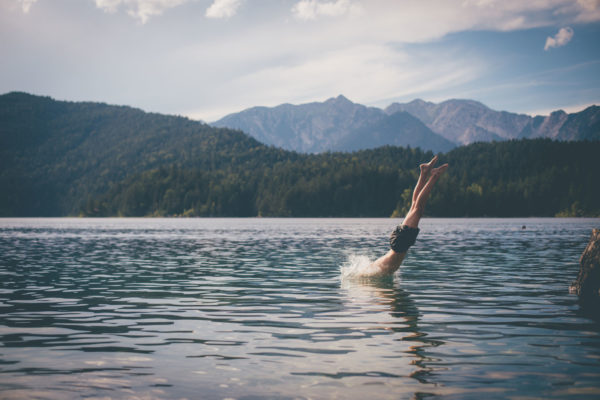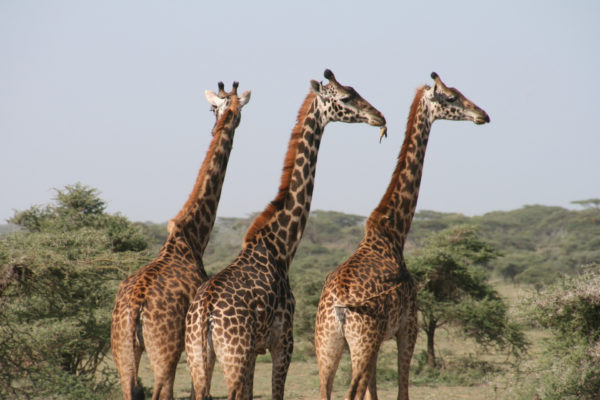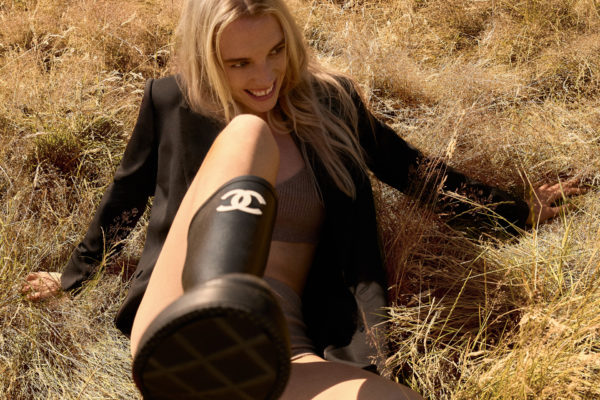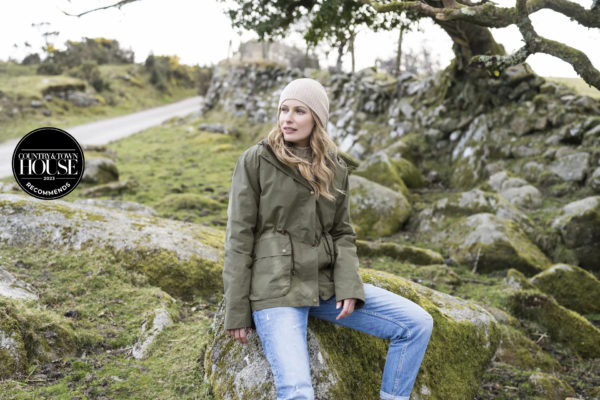
- HOME
- CULTURE
Can Hunting Connect You With Nature?
Jonathan Young, former 'The Field' editor, argues the relationship between hunter and quarry is pure
By | 2 years ago
Like other pursuits, hunting has fallen victim to the culture wars, but, argues Jonathan Young, the relationship between hunter and quarry is one of the purest and simplest there is.
Can Hunting Connect You With Nature?
‘You walk like a cat,’ said an old girlfriend as we wandered through the bluebell woods. ‘And with the conversation to match,’ she added.
I hadn’t thought much about walking and talking up to then but saw she had a point. From the age of six, I started rolling my footsteps, heel then toe, and placing each foot in front of the other. That way, you minimise rustle and the snap of dry twigs. And chatter? Well, there’s enough of that in most of our lives. In wild places I prefer wild sounds: the clap of wood pigeon wings, treetops swishing in a breeze, the heavy plop of rising trout.
It was the feral nature of my young childhood that taught me the art of silence. ‘Being sent out to play’ meant disappearing into the fields and woods all day with a friend, similarly armed with a net. Our parents neither knew nor cared where we were, so long as we returned around teatime.
And when we did come home, it was seldom empty handed. Frogs and toads, lizards and voles, butterflies and moths would be presented for inspection before release. I’m not sure our parents were that interested, though basking adders, caught with a forked stick, did create a stir.
You cannot catch wildlife crashing through the countryside and the skills we learnt then were later applied to gathering food. Pigeon and rabbits fell to our air rifles. Careful observation was rewarded with giant puffballs, field mushrooms and pockets stuffed with Spanish chestnuts. We didn’t realise it at the time, but slowly we became hunter-gatherers.
I’ve remained one ever since, with a freezer full of game birds, trout, wildfowl and wood pigeon, each harvested in its season. Not all of it demands a high level of fieldcraft. Bagging driven partridges, pheasants and grouse requires mostly skill with a gun and knowledge of birds’ flight but you won’t shoot pigeon or wildfowl without an intimate understanding of nature.
This knowledge isn’t restricted to those who hunt, in the broadest sense. There are millions of birdwatchers, botanists and entomologists with encyclopedic expertise in their subjects. But what sets hunters apart is their place in the natural world. They are not observers of nature but a part of it and share a relationship with their quarry that isn’t detached but something more akin to love.
It’s most apparent in societies that are still dominated by hunting. An acquaintance of mine, Jan, is a member of the Yupik tribe in Alaska and has a bond with the Pacific salmon that run his rivers that borders on the sacred. I’ve also seen this connection with the Sámi people in Finland and the Wa Sukuma in Tanzania.
Yet that love for species we hunt remains very strong in countries seemingly dominated by urban cultures. British country houses are still festooned with game bird paintings and bronzes, stags’ heads continue to stare glassily down halls and cased trout swim endlessly in corridors. The urge that drove those ancient hunters to decorate the caves of Lascaux with bison and bear survives in depictions of grouse and pheasant in Georgian rectories and modern bungalows. And practically every rural Spanish casa and French château is bedecked with hunting trophies.
The greatest expression, however, of that bond between the British hunter, his quarry and the natural world can be seen in the countryside.
Though rewilding is a fashionable concept, it’s impossible to implement it extensively on an island crowded with 67 million people who need to be housed and fed through farming. The ‘natural’ wooded landscape started disappearing when our ancestors began to clear trees 4,000 years ago. By 1086, most of it had gone, the Domesday Book recording some 15 per cent of the land still under forest. What remains now of the countryside is a patchwork of pasture, arable, woodland, moorland and marsh, mostly privately owned.
While this might lack the glamour of ancient woodland and does not support apex predators such as the lynx, bear and wolf, it is nonetheless ideal for many forms of wildlife that thrive in the ‘fringe’ habitat between the shelter of wood and hedge and the food provided by farming. The uplands, grazed by sheep for centuries and so devoid of scrub trees, now supports 75 per cent of the world’s heather habitat, vital for a range of breeding birds, including golden plover, dunlin, the merlin and, of course, the red grouse, a species unique to the UK. If the moors weren’t managed by those who shoot grouse, the heather would be threatened by over-grazing or revert to scrub.
In the lowland counties, thousands of acres of woodland have been planted and preserved by those who wanted to benefit from pheasant shooting; any spinney you spy, atop a hill, would be almost certainly an example of that.
The real impact of the desire to hunt birds, however, is illustrated by the changed face of British arable farming. There are still large blocks of single crops, of course, and their lack of weeds, and the seeds and insects they produce, is detrimental to many bird species. However, over the last few decades, the many farmers who are keen on shooting have been planting specialised cover crops alongside their fields, which benefit both game birds and song birds. With wheat and other grain prices at an all-time high, shooting remains a strong incentive to keep some habitat for wildlife.
Fishing, too, drives active conservation. Everyone loves a walk down by a river but it’s the anglers who note the lack of water insects, the build-up of algae and sludge – and, more importantly, do something about it, by campaigning against pollution and taking legal action where necessary.
Much of this work is expensive, unrecognised and often dismissed by those who find hunting, in its widest sense, offensive. Personally, I like to eat what I bag and am happy to do the skinning, plucking and gutting that transforms an animal into a meal. I know that the fish, birds and mammals that I have killed lived their lives in the wild. When I do eat farmed animals, I hope that their deaths were swift and unknowing, and that they were raised well and humanely.
But I wonder how many of us think hard enough about the animals we eat and whether or not people make the link between packaged meat and the sentient beast or fish that provided it. And while I respect vegans, arable land must be ploughed and harrowed, the insect pests controlled. Do we care about the invertebrates that are killed in the process? Is there anyone who’ll champion the slug?
Drawing fine distinctions isn’t easy. Vegan or vegetarian? Fish, yes, meat, no? When does the line fall between eating meat being fine, but hunting not?
In contrast, when I meet my hunting brothers abroad, whether it’s in a bar in Spain, an auberge in France or round a fire in Scandinavia or Africa, there are no such complications. We love the wild places, we love and respect the wild animals we hunt and eat. And we do everything we can to preserve both. It’s simple and, to my mind, pure.











